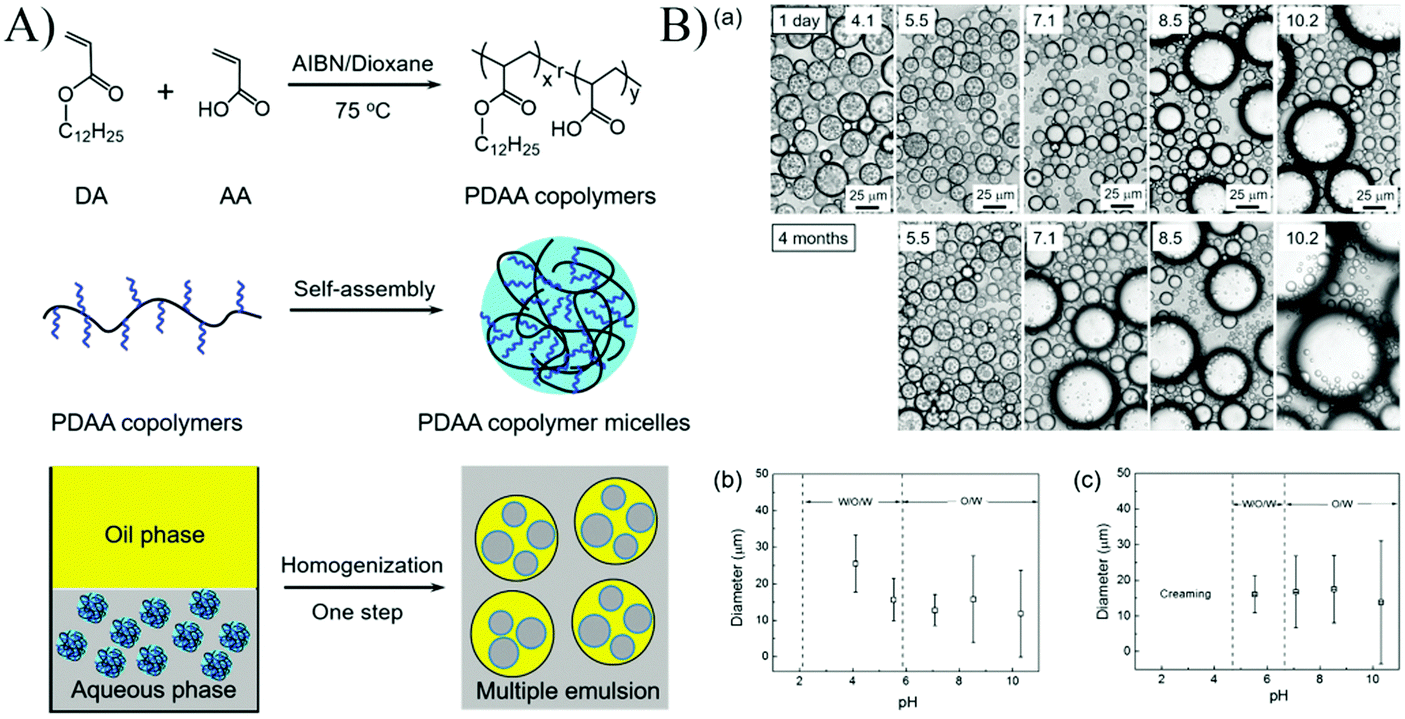
dry water/oil, powdered emulsions, liquid marbles. This includes particles at planar interfaces, particle-stabilised emulsions (oil-water, oil-oil) and foams (aqueous and non-aqueous) and novel materials derived from them, e.g. His main research interests are in the properties and behaviour of colloidal particles at fluid interfaces. He was promoted to Professor of Physical Chemistry in 2003 and led the Surfactant & Colloid Group in Hull since 2002. After further postdoctoral years studying Langmuir monolayers on water and multilayers on solid substrates, he was appointed Lecturer in Chemistry at the University of Hull in 1991.

He was awarded a Royal Society European Fellowship to study in Paris, where he worked on light scattering and ellipsometry from liquid interfaces coated with surfactant (1987). in surface chemistry and microemulsions (1986) at the University of Hull, UK. Professor Bernie Binks, University of Hull, United Kingdomīernie Binks obtained his B.Sc. To give young colloid scientists the opportunity to meet established companies in the field.To direct future academic research to tackle the perceived current commercial limitations of Pickering emulsions.To establish a set of practical guidelines to help industrial scientists identify which particles to use for a given system to produce the desired final properties (“A Beginners Guide to Pickering Technologies”).To enhance the interface between industry and academia with respect to further understanding of Pickering technologies and to identify any challenges in commercialisation.
#Pickering emulsion how to#
The aim of this workshop is to further our understanding of how to tailor Pickering emulsifiers to achieve high performance within an industrial context. In principle, Pickering emulsions can be used in many industrial sectors, including agrochemicals, cosmetics, food manufacturing and drug delivery. Suitable particle-based emulsifiers include clays, silica and polymer nanoparticles, with morphologies ranging from spheres to worms to dumbbells to discs. However, despite being recognised for more than a century, they have received relatively little commercial attention. Pickering emulsions are stabilised by solid particles, rather than surfactants.

In principle, Pickering emulsions can address these problems.
#Pickering emulsion skin#
However, their future industrial use is under threat, because of formulation foaming problems, skin irritation issues for home & personal care products and the need to reduce VOCs and carbon footprints. Pickering emulsion biomaterials drug delivery microspheres nanoparticles.Conventional surfactants have dominated emulsion science due to their ease of use, relatively low cost and control. In this article, we give an overview of Pickering emulsions, focusing on some kinds of solid particles commonly serving as emulsifiers, three main types of products from Pickering emulsions, morphology of solid particles and as-prepared materials, as well as applications in different fields. Pickering emulsions can be applied in a wide range of fields, such as biomedicine, food, fine chemical synthesis, cosmetics, and so on, by properly tuning types and properties of solid emulsifiers. Besides, they are more biocompatible when solid particles employed are relatively safe in vivo.

Substituting solid particles for traditional surfactants, Pickering emulsions are more stable against coalescence and can obtain many useful properties. Pickering emulsion, a kind of emulsion stabilized only by solid particles locating at oil-water interface, has been discovered a century ago, while being extensively studied in recent decades.


 0 kommentar(er)
0 kommentar(er)
